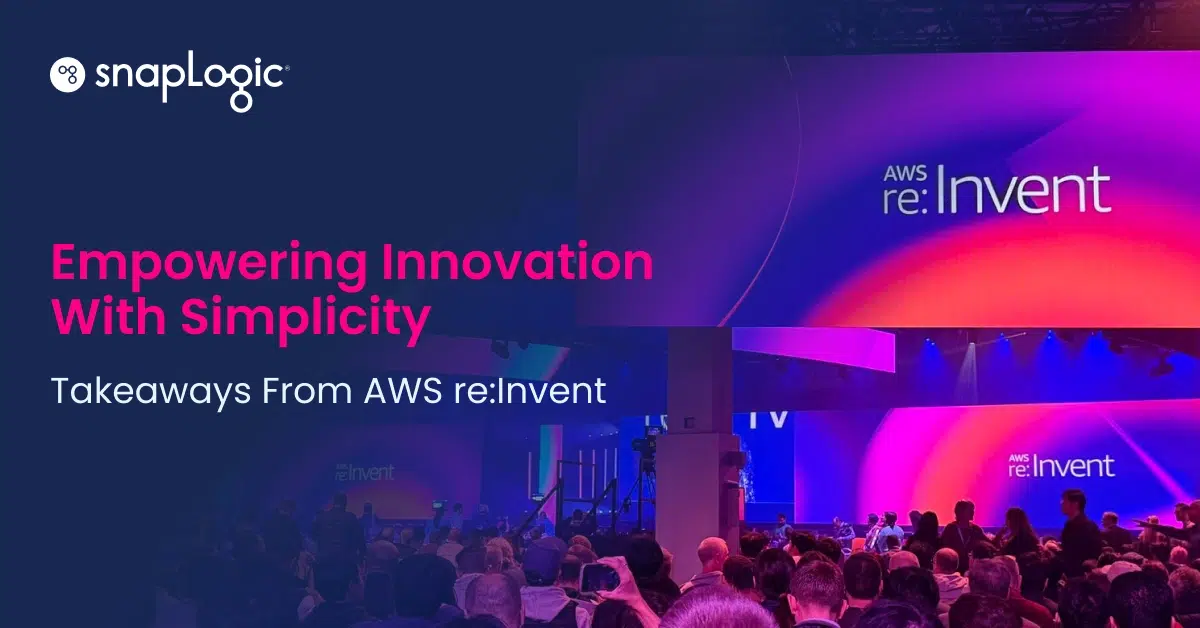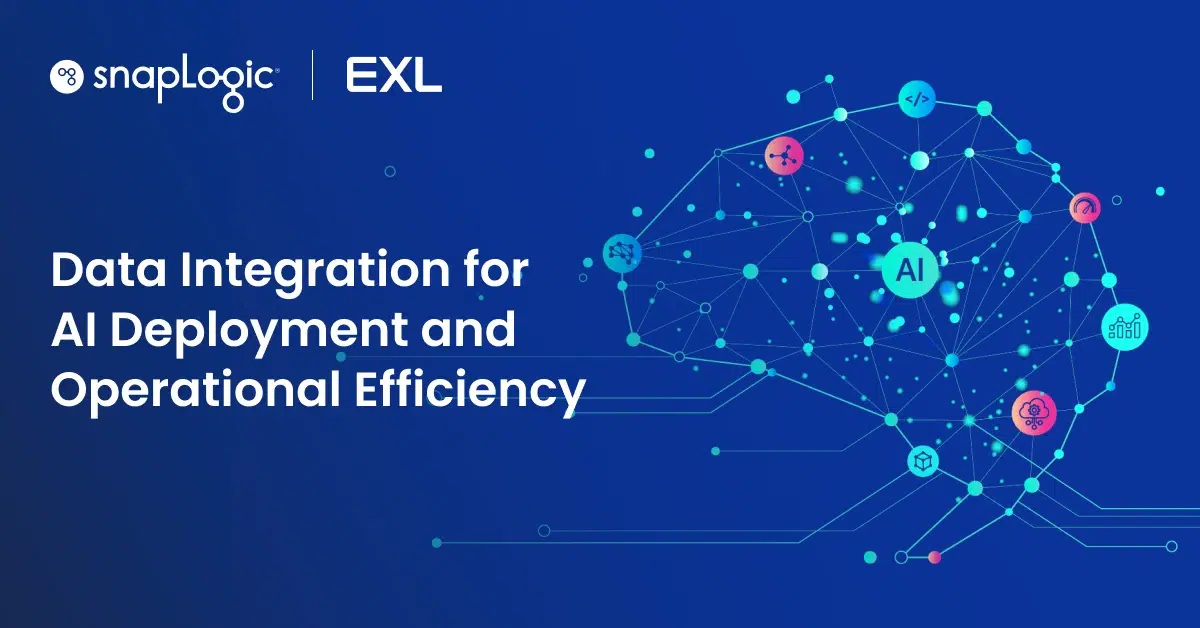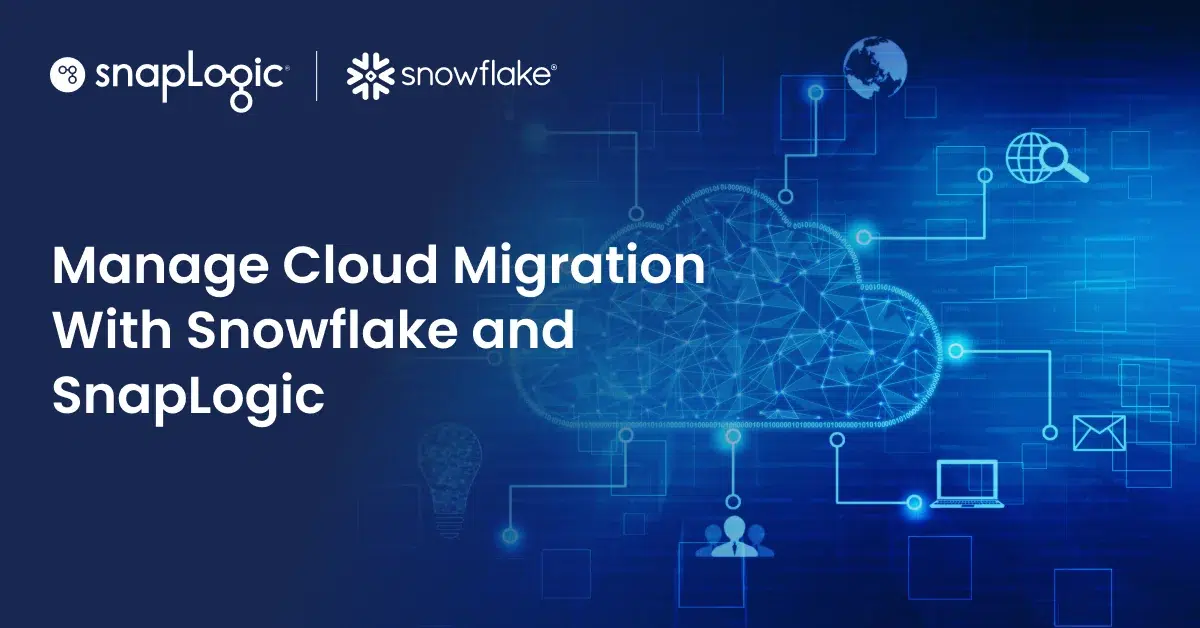Over the last 6 months we’ve been talking with CIOs and IT leaders about what we call the “Integrator’s Dilemma.” As SnapLogic CEO Gaurav Dhillon puts it: “The dilemma for enterprise IT organizations is that their legacy integration technologies were built before the era of big data, social, mobile and cloud computing and simply can’t keep up.”
In a recent Wired Innovation Insights article, SnapLogic Director of Product Marketing and integration expert Maneesh Joshi provides a comprehensive overview of why the grand vision of services oriented architecture (SOA) was dead on arrival (DOA) because of the legacy technology of the enterprise service bus (ESB).
![]()
The article summarizes how ESBs became an appealing concept for enterprise IT organizations in the on-premises world, but the result was typically high costs, brittle adapters and point-to-point enterprise application integration (EAI) implementations that didn’t fulfill the SOA vision. Public cloud computing and widespread SaaS application adoption has led to a re-imagining of integration. According to the article:
“Widespread adoption of SaaS and cloud-based applications has disrupted the legacy software delivery model in a good way. Today, the speed of projects is an order of magnitude faster than just five years ago and return on investment is measured by actual adoption and revenues generated or costs savings. Both IT and the line of business are getting increasingly accustomed to purchasing and getting up and running with SaaS applications within days, and sometimes even in minutes.”
The article goes on to outline a number of reasons why the legacy ESB technology approach won’t fly in in the new world of social, mobile, analytics and cloud (SMAC). Our belief is that whether the use case is cloud analytics (big data), applications (SaaS) or APIs, customers are looking for a fast, multi-point and modern approach to integration. Just as we’re seeing a transition from XML to JSON and from SOAP to REST, to address the need for speed and the Integrator’s Dilemma, we’re seeing a shift from ESBs to integration platform as a service (iPaaS).
 One may not replace the other any time soon in the hybrid IT world, but it’s clear that the practicality of the legacy enterprise service bus architecture and the heavy architecture implications that come with it are definitely worth re-thinking in the SMAC era.
One may not replace the other any time soon in the hybrid IT world, but it’s clear that the practicality of the legacy enterprise service bus architecture and the heavy architecture implications that come with it are definitely worth re-thinking in the SMAC era.
Read the article and share your thoughts on Wired or in the comments below. Take a look at the video below on the Integrator’s Dilemma and why we believe buses don’t fly in the cloud. You can also register for our upcoming webinar next week where we’ll be hearing some insights from Forrester Research Principal Analyst Stefan Ried on the future of hybrid IT and what to look for in a cloud integration platform.










